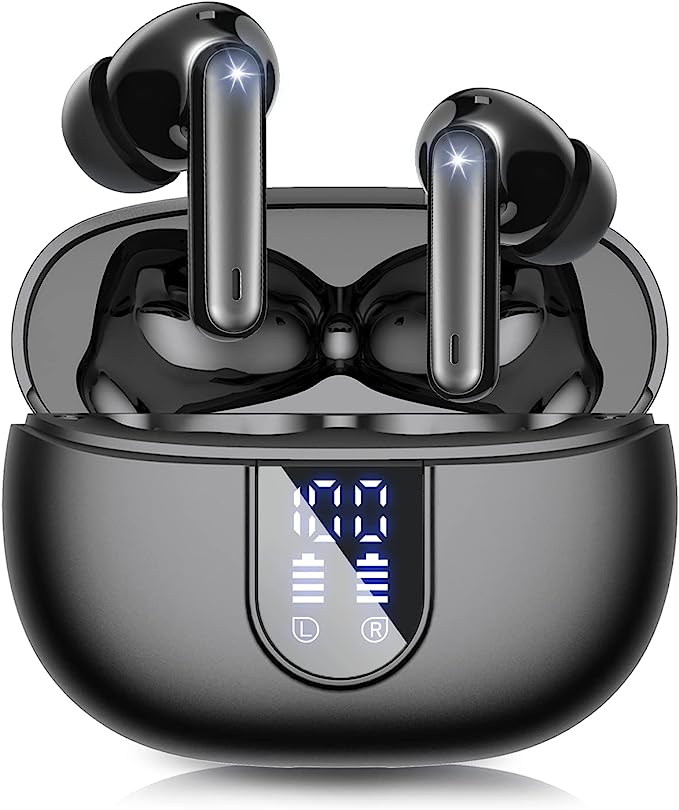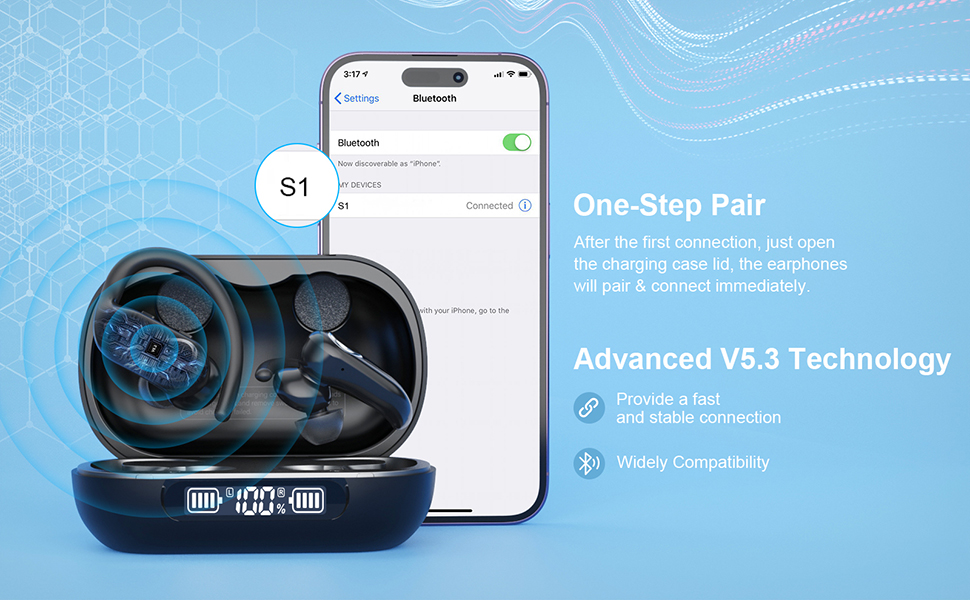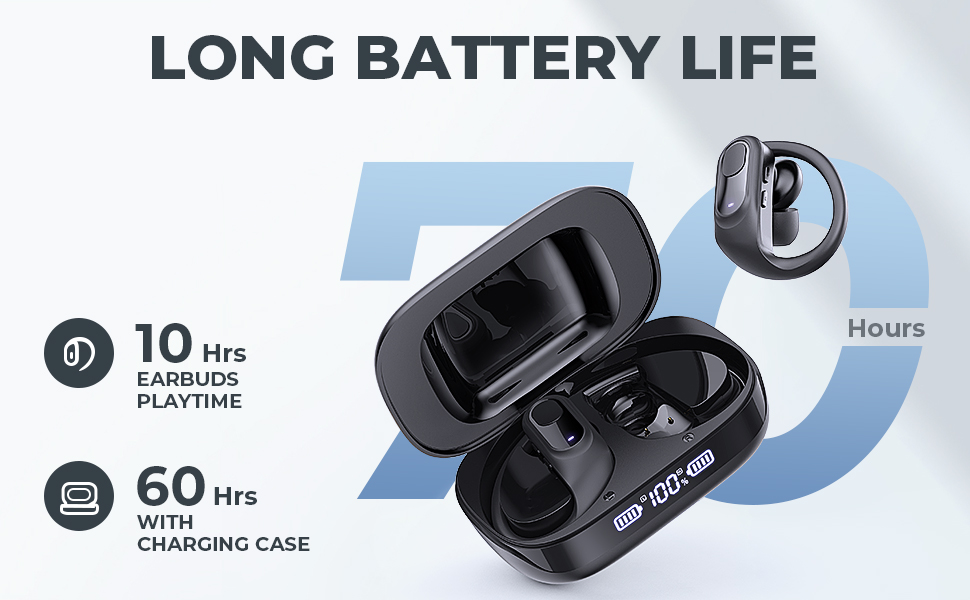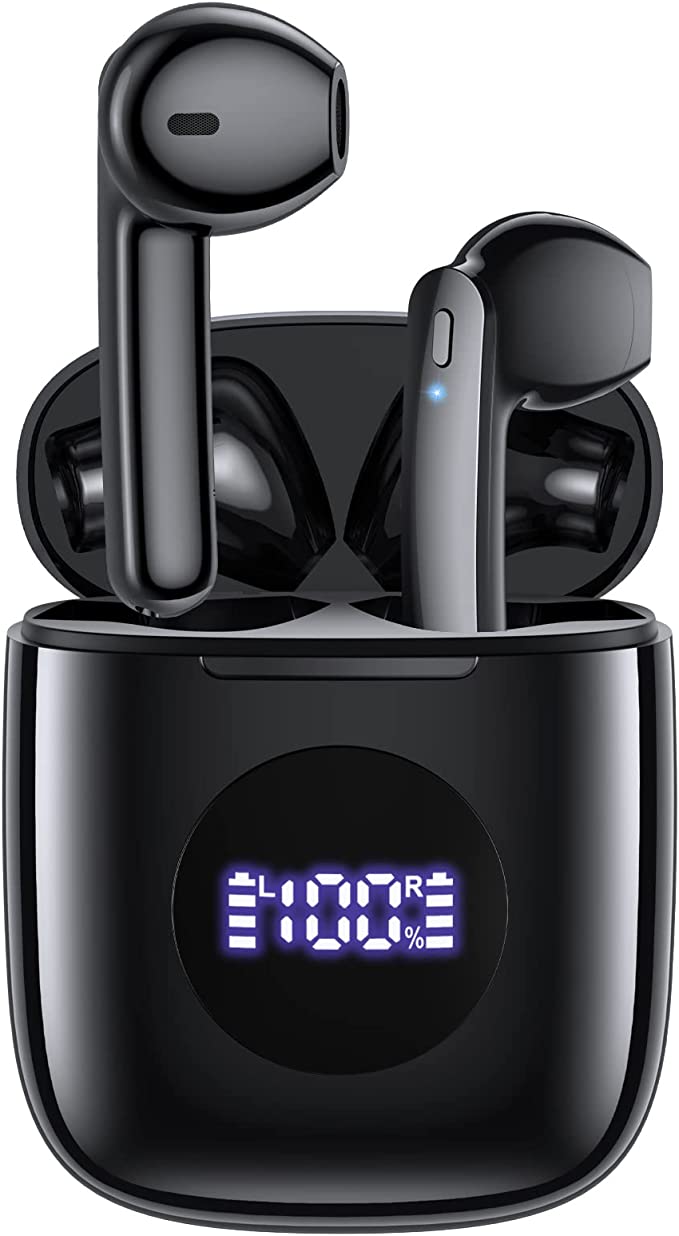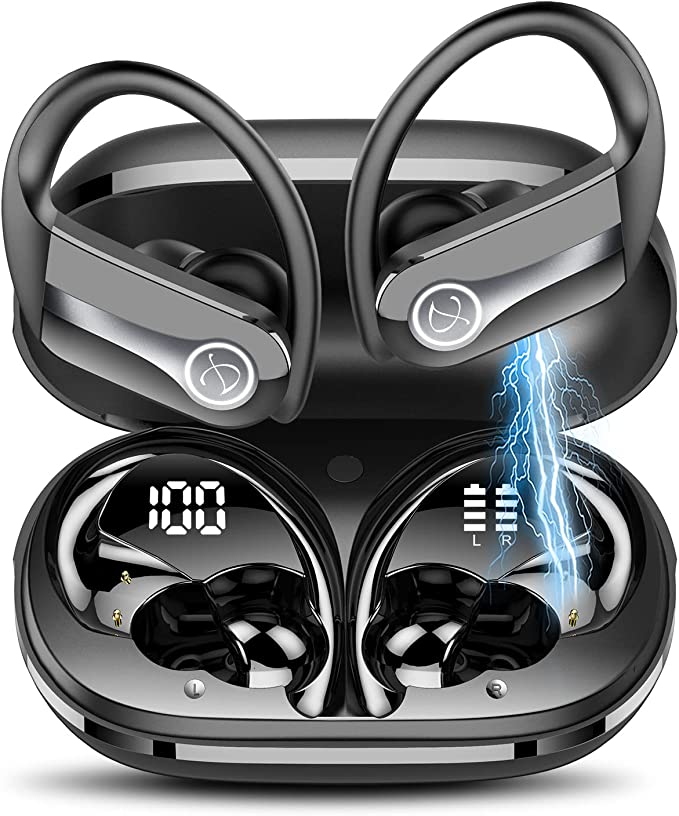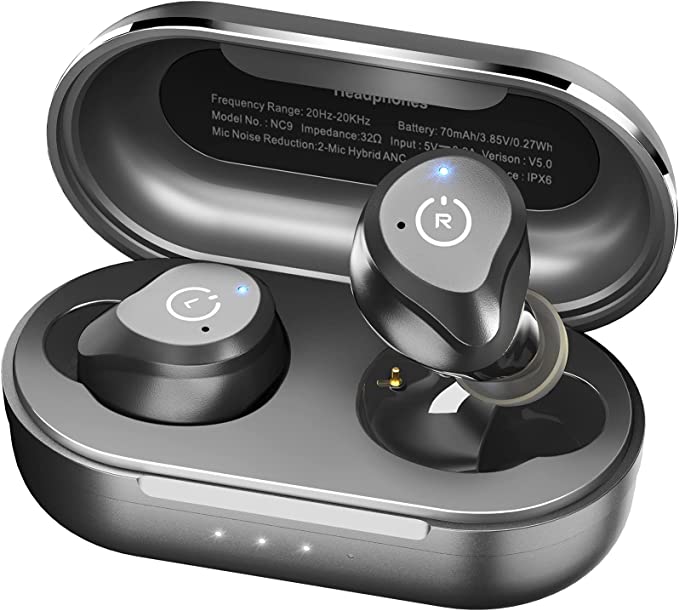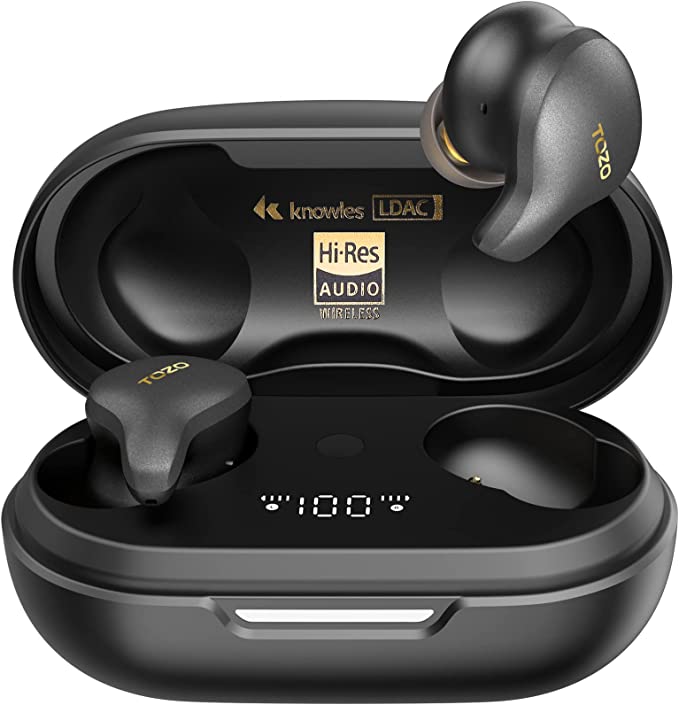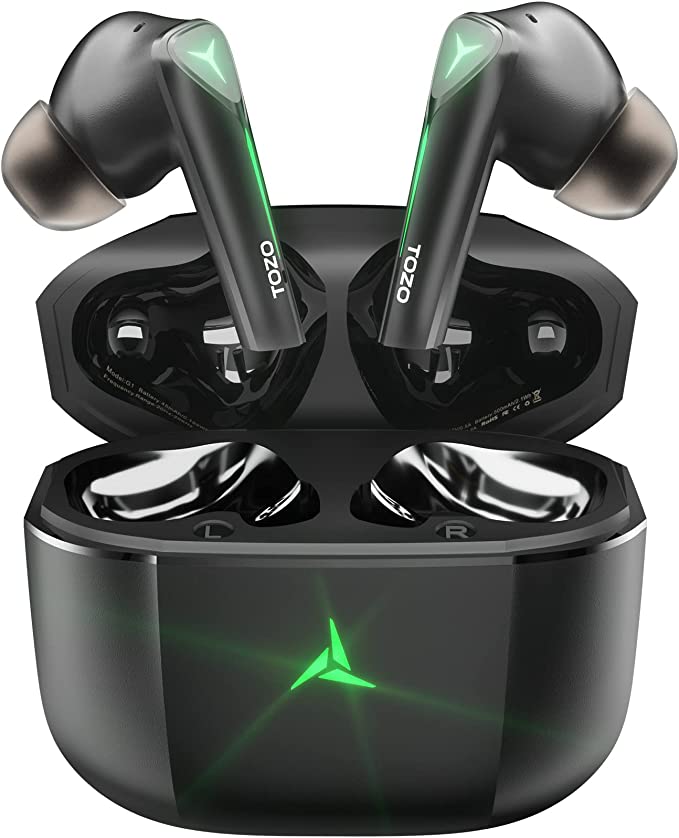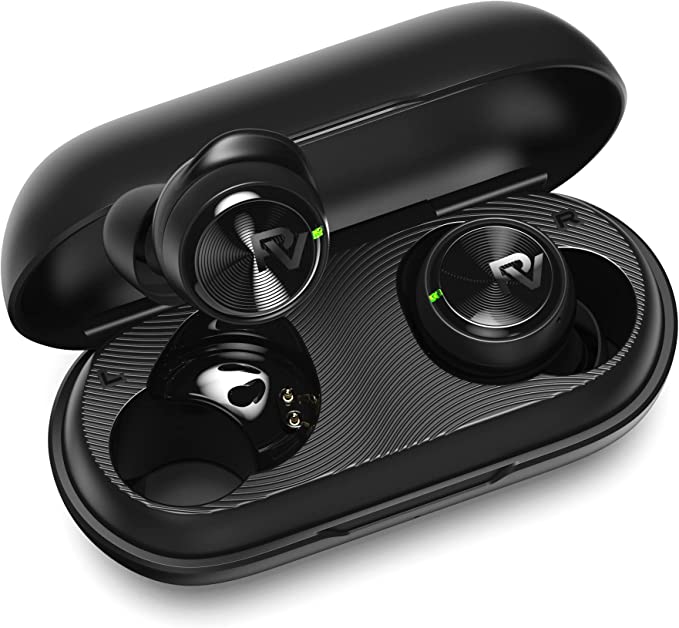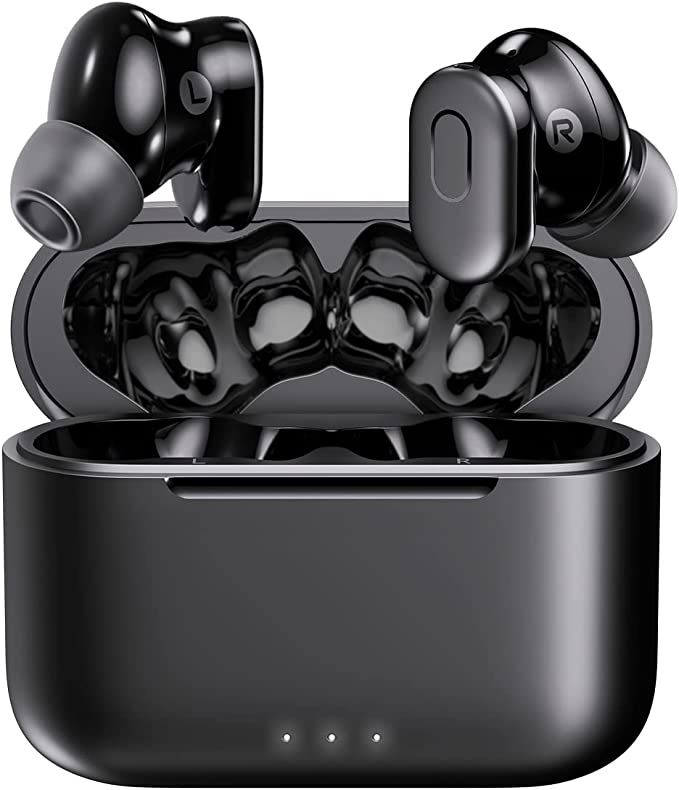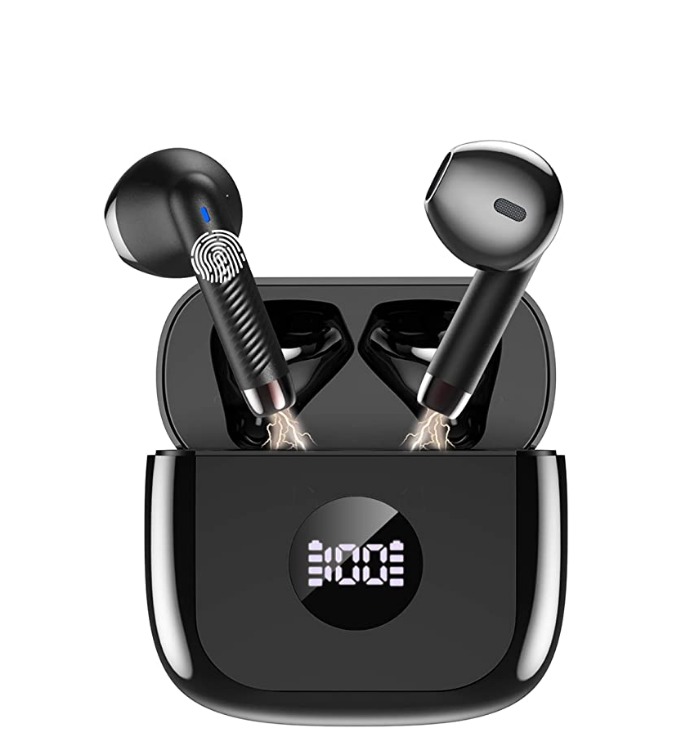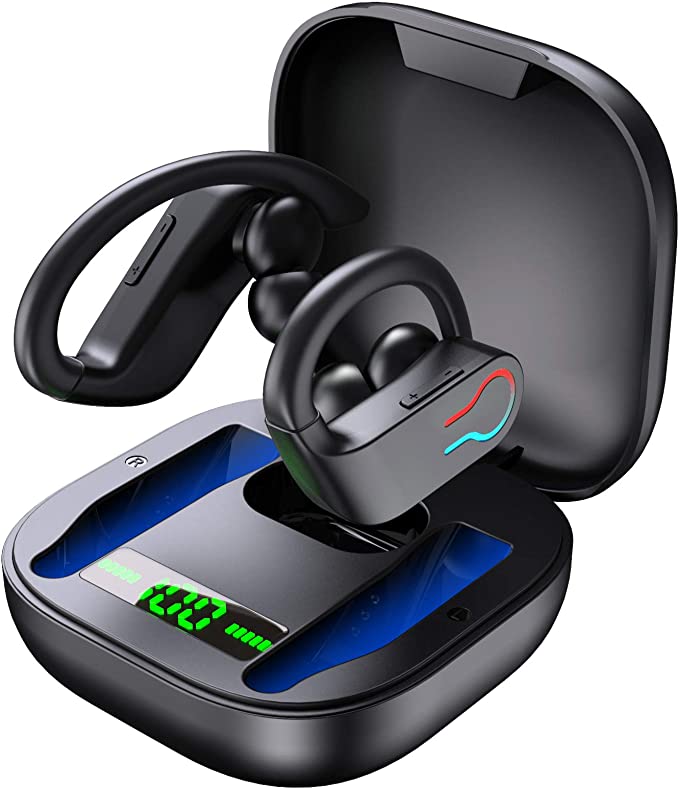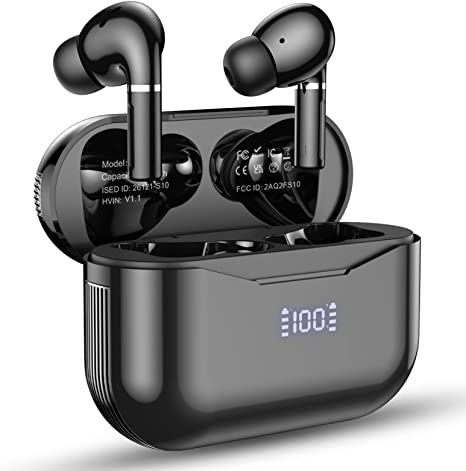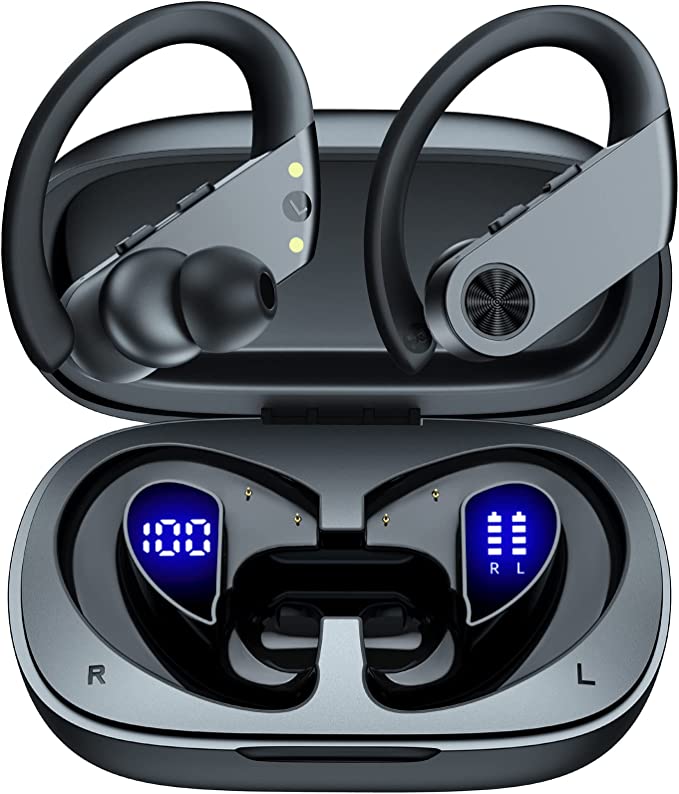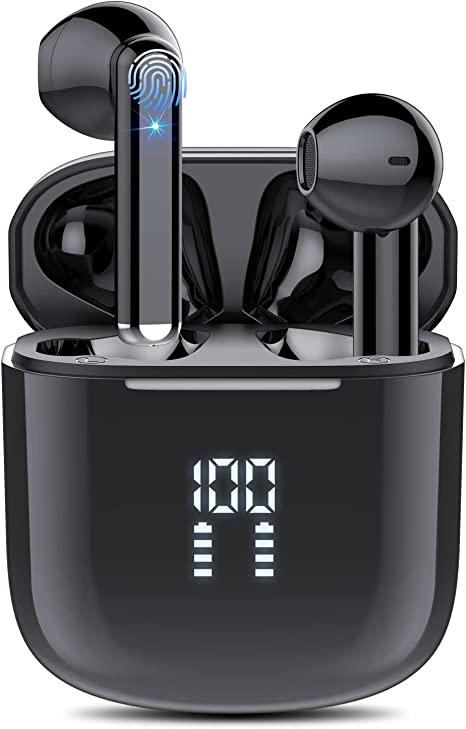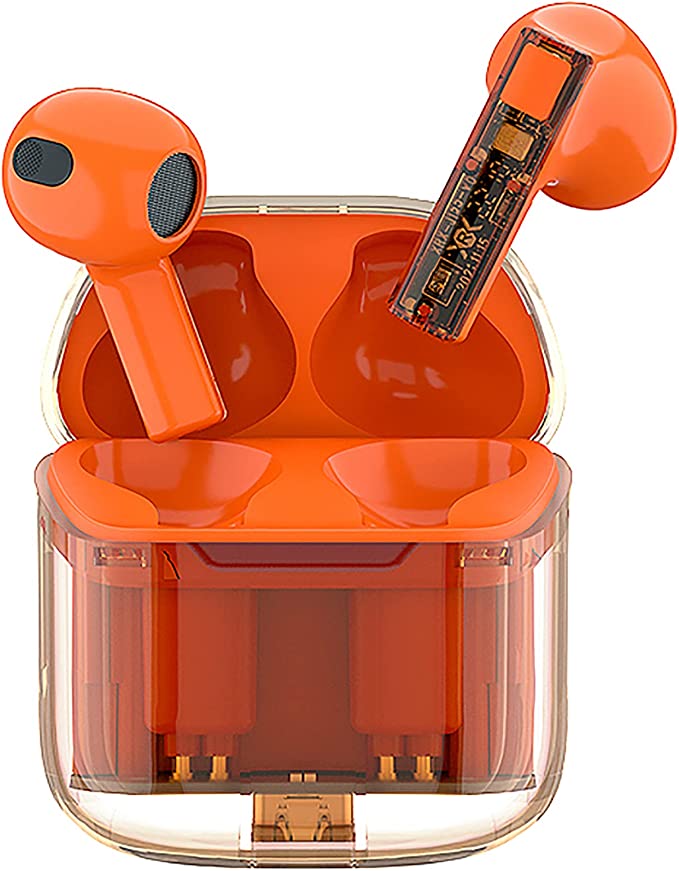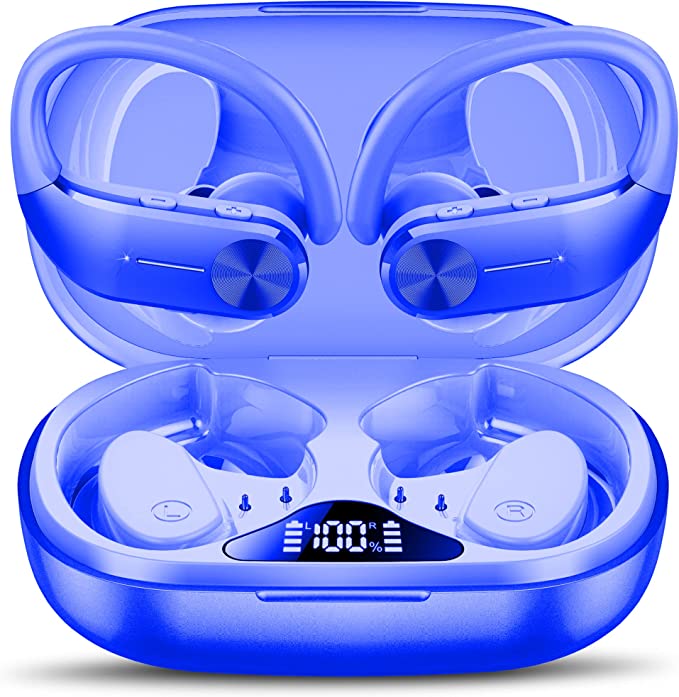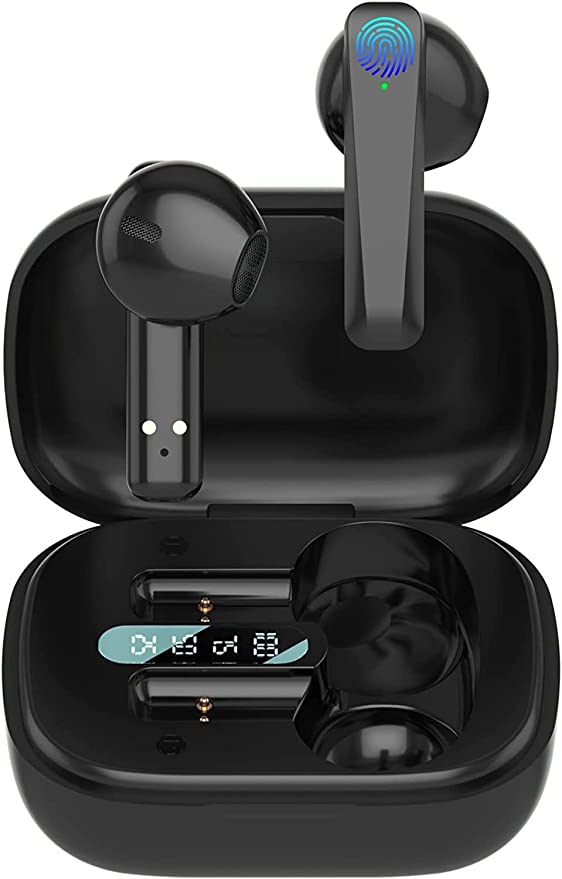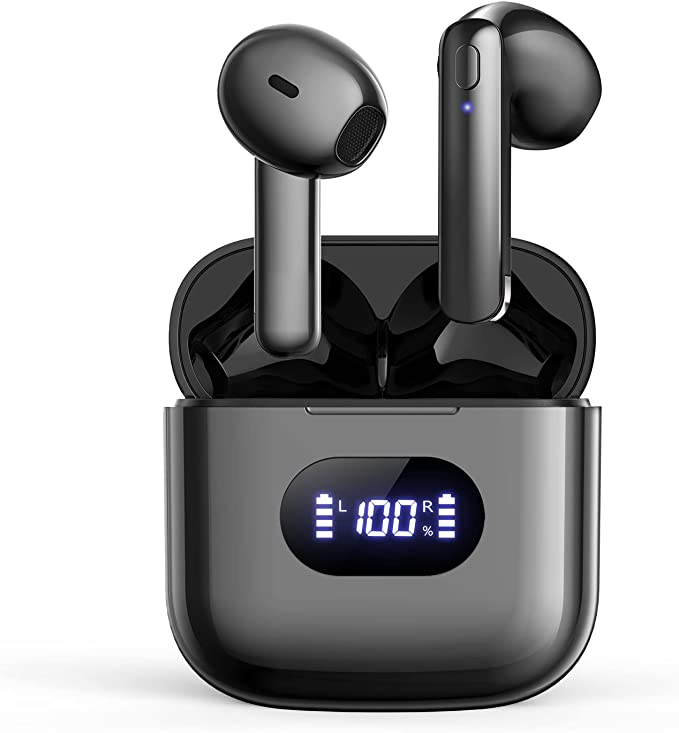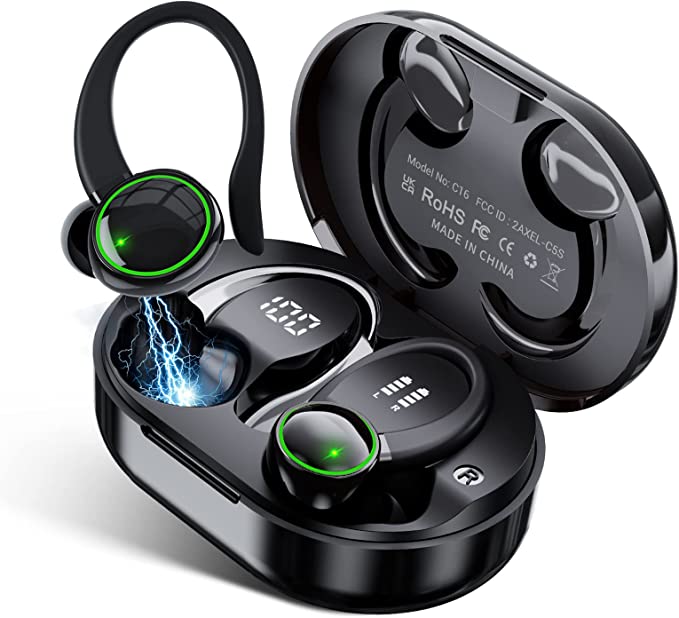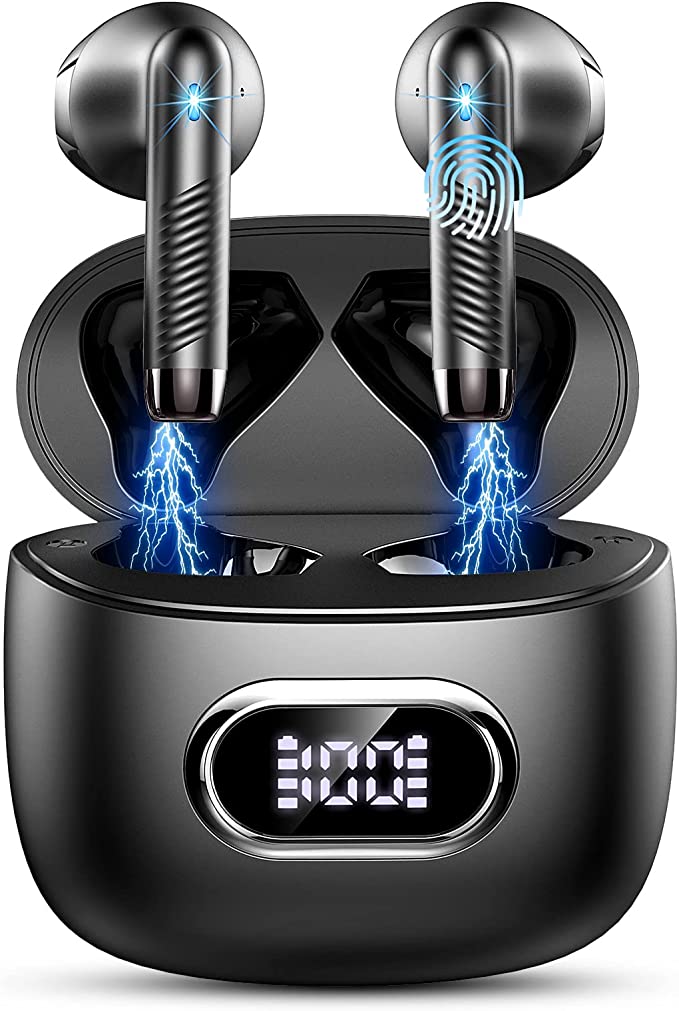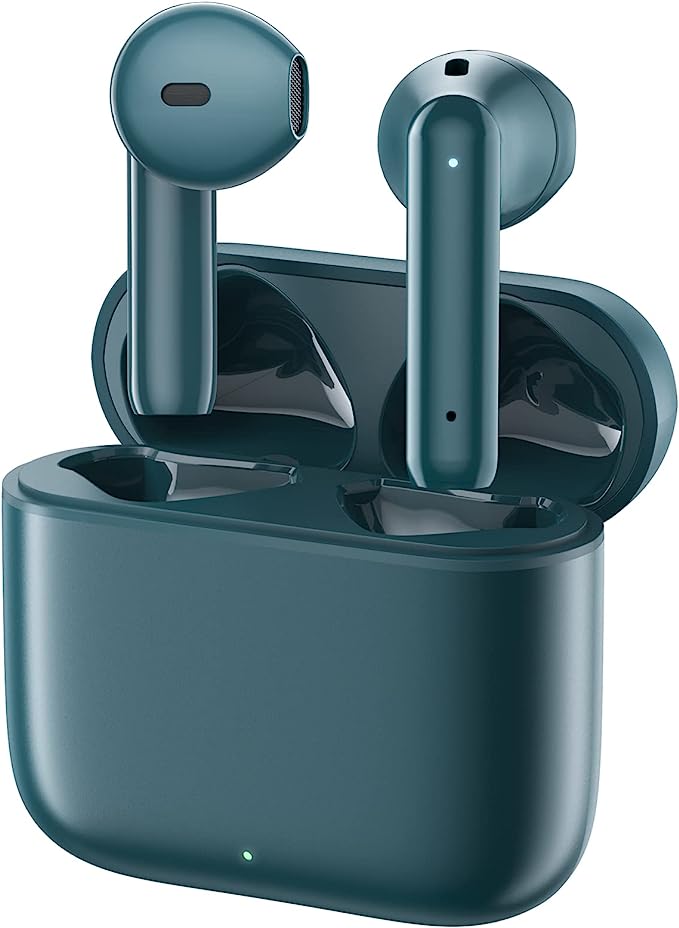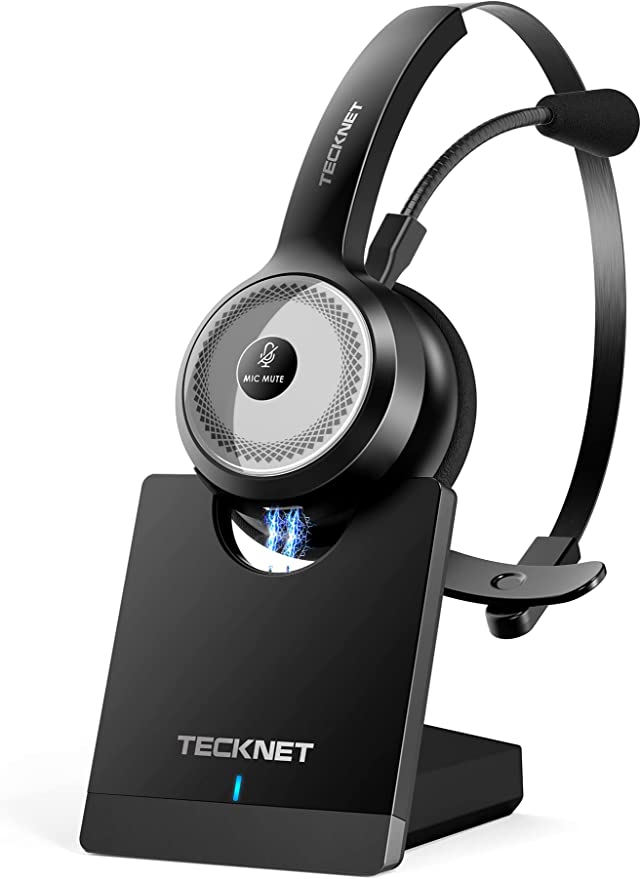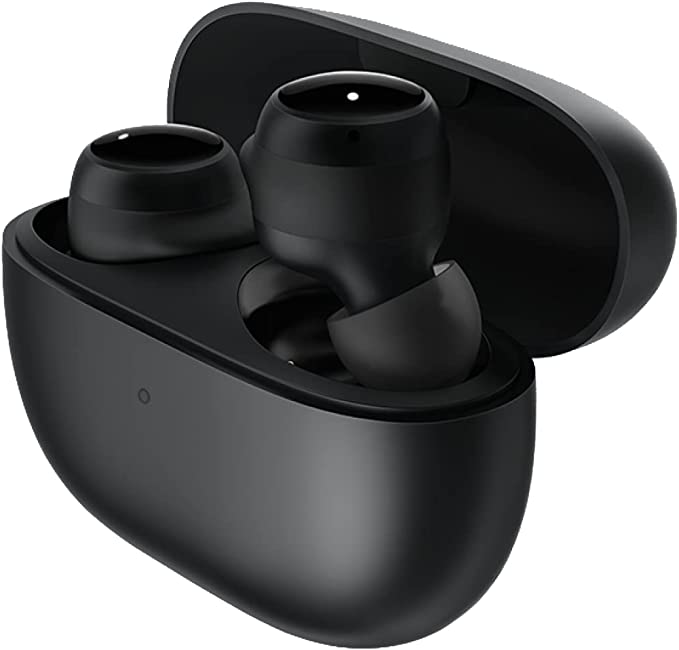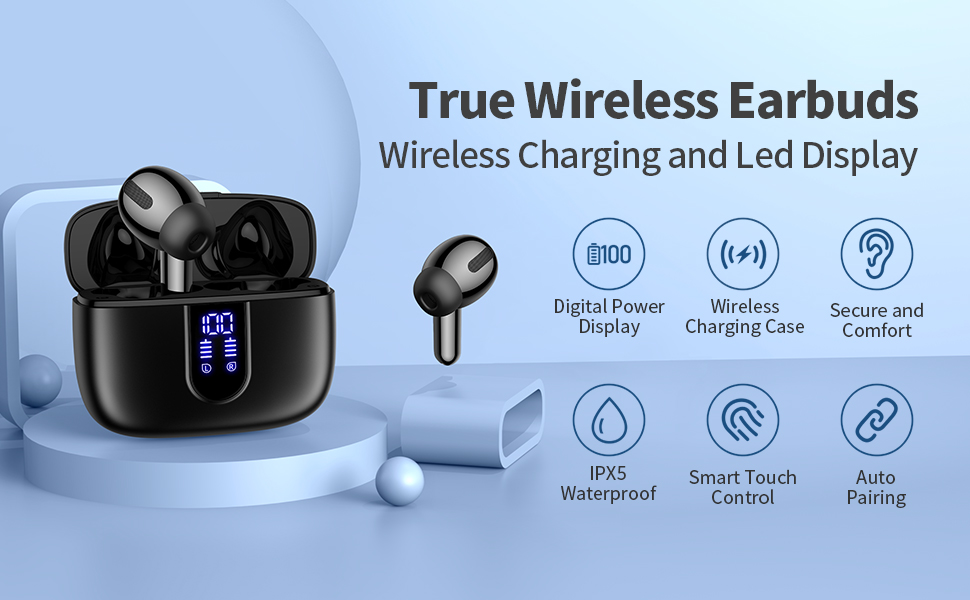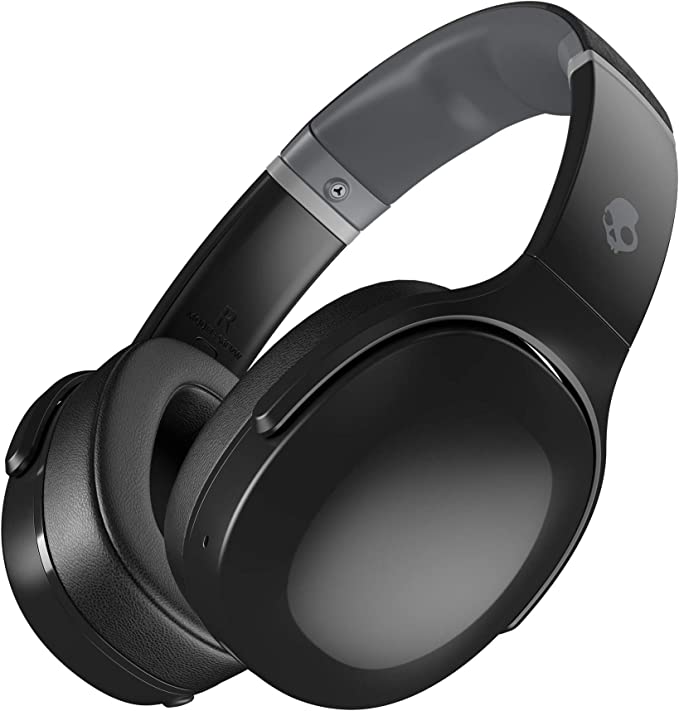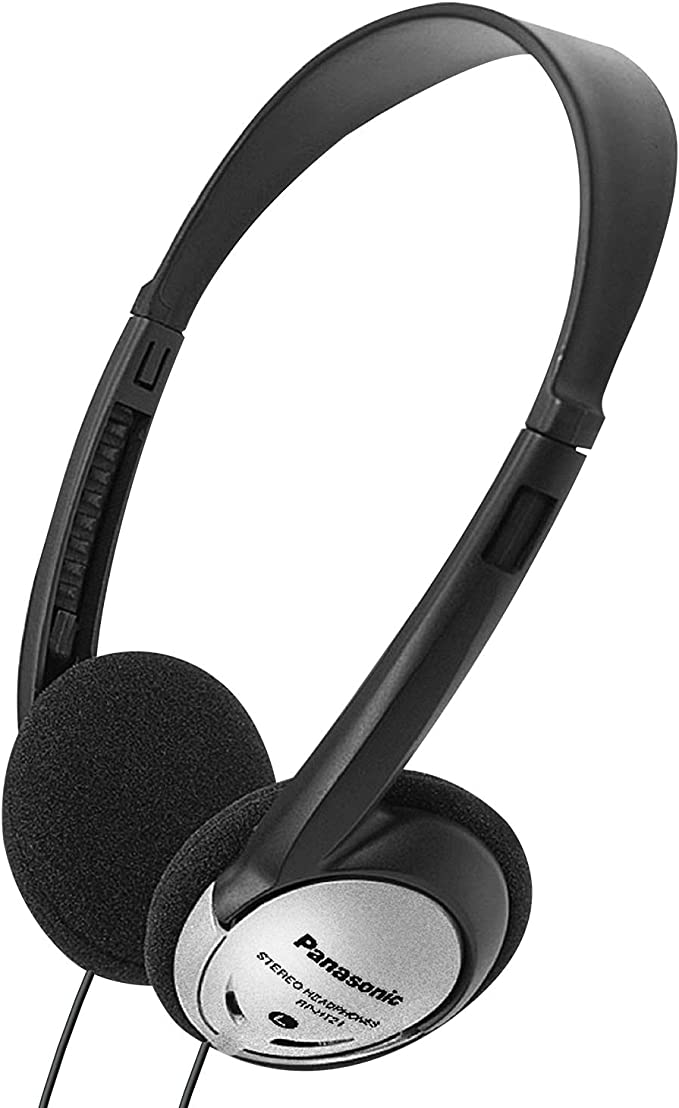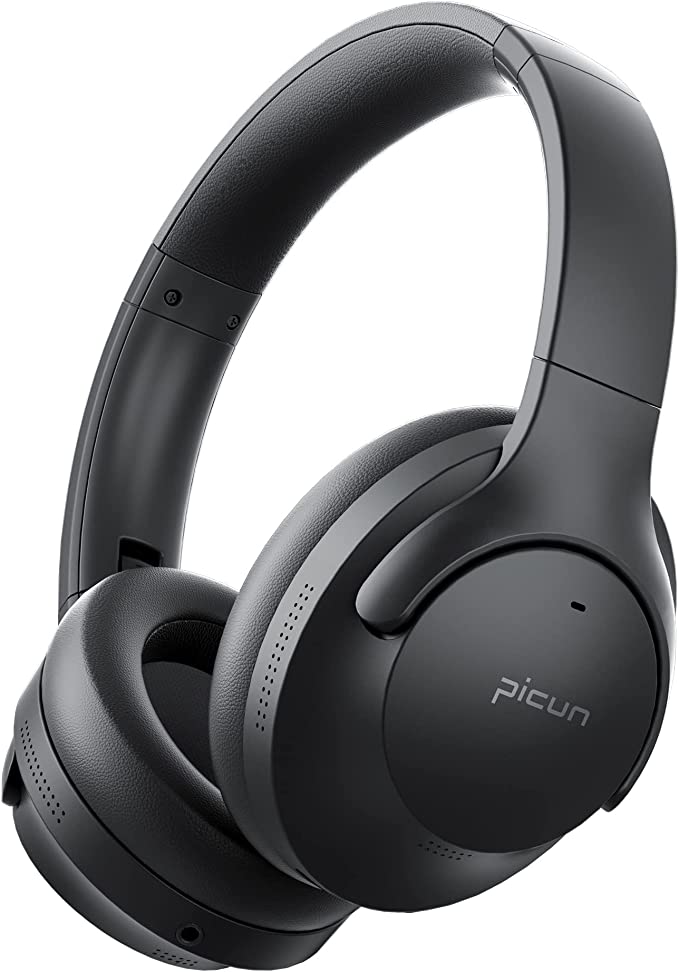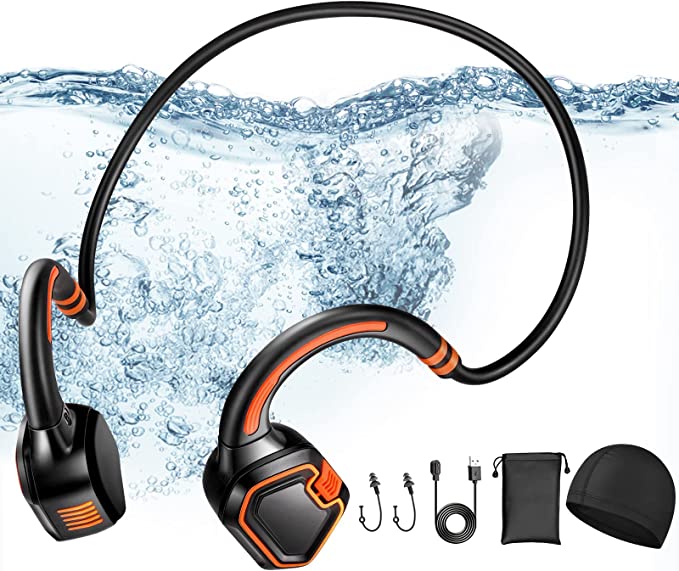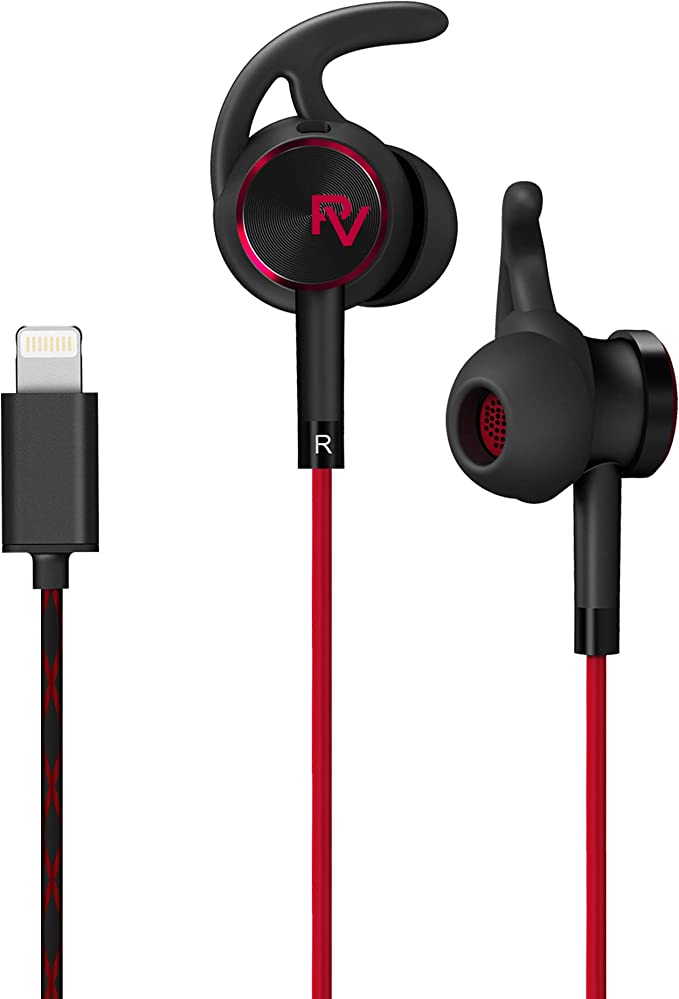Realme TechLife Buds T100: AI Calls, Long Battery & The Science Behind Your Sound
Update on April 14, 2025, 5:09 a.m.
Our modern lives echo with a wireless symphony. From crucial calls on the go to immersive podcasts during commutes and the energizing soundtracks of our workouts, untethered audio is no longer a luxury, but a fundamental part of how we connect, learn, and entertain ourselves. Yet, this wireless freedom isn’t without its common frustrations: the garbled voice on the other end of an important call, the sudden silence as batteries die mid-song, or the fiddly dance of Bluetooth pairing.
Navigating the sea of options, especially in the budget-friendly arena, can feel overwhelming. Devices like the realme TechLife Buds T100 promise a suite of appealing features at an attractive price point (around $28.99 at launch). But beyond the marketing bullet points, what technology truly makes these tiny earbuds tick? Let’s peel back the plastic shell, move past the buzzwords, and explore the science humming within. Understanding this empowers you not just to appreciate the T100, but to become a more discerning listener and tech consumer overall.

“Can You Hear Me Now?” – Tackling Noisy Calls with AI Smarts
Picture this: you’re trying to finalize important details over the phone, but you’re walking down a busy street. The cacophony of traffic, chatter, and city life threatens to drown out your voice, forcing you to shout or repeat yourself endlessly. This struggle is a near-universal experience in our mobile world.
The Realme T100 steps into this acoustic fray armed with AI Environmental Noise Cancellation (ENC) specifically for calls. Now, it’s crucial to understand what this means, and perhaps more importantly, what it doesn’t mean. This isn’t the Active Noise Cancellation (ANC) you might find in pricier headphones, which works to silence the world around you while you listen to music. Instead, think of AI ENC as your personal, intelligent sound booth operator working tirelessly during phone calls to ensure your voice is delivered clearly to the person on the other end.

-
How Does AI Become Your Vocal Spotlight?
These earbuds utilize their built-in microphones (likely more than one per earbud to capture sound directionality) to listen to everything – your voice and the surrounding ambient noise. This combined audio stream is then fed into an Artificial Intelligence algorithm. This algorithm, almost certainly a machine learning model trained on countless hours of human speech patterns and various types of noise (traffic, wind, background conversations, keyboard clicks), performs a remarkable feat of digital sorting. It intelligently identifies the unique frequencies and characteristics of your voice and digitally suppresses, or turns down the volume on, the sounds it recognizes as unwanted background noise.Imagine a vigilant bouncer at an exclusive club (your phone call). The AI ENC is that bouncer, meticulously checking IDs (sound patterns). Your voice has the VIP pass and gets waved through. The blaring horns, the nearby laughter, the rattling construction noise? They get politely (or perhaps digitally forcefully) turned away at the door before the signal is transmitted.

This distinction is key: **ENC for calls cleans up *your transmitted audio* so others hear you better. ANC for listening creates a quieter *listening experience* for you.** The T100 focuses solely on the former, a practical choice for ensuring clear communication, a fundamental requirement for any communication device. While it won't make a noisy train carriage silent *for you*, it significantly increases the chances that your colleagues or loved ones will hear *you*, not the train. This targeted application of AI addresses a core pain point effectively within its budget constraints.

Escaping Battery Anxiety: Powering Through Your Day (and Then Some)
There’s a specific kind of modern dread associated with glancing at your phone or hearing that dreaded low-battery beep from your earbuds just as you’re heading out or settling in for a long journey. Battery anxiety is real, and for devices we rely on daily, longevity and quick recovery are paramount.
The T100 tackles this head-on, boasting up to 28 hours of total playback and featuring fast charging capabilities. Let’s unpack what this means in practical and scientific terms.
-
The Tiny Powerhouses: Understanding Battery Life & Charging
The “28 hours total playback” figure isn’t how long the earbuds last on a single charge. Instead, it represents the combined listening time you get from fully charged earbuds plus the multiple recharges provided by their fully charged carrying case. The earbuds themselves likely hold several hours of charge (the exact figure isn’t specified in the provided data, but typically ranges from 4-8 hours for budget models), and the case acts as a portable power bank, ready to top them up multiple times before it needs recharging itself.At the heart of this are compact Lithium-ion (Li-ion) batteries, the standard for most modern portable electronics due to their high energy density – they pack a lot of power into a small, lightweight package. Think of the case not just as a holder, but as a crucial part of the power ecosystem.
The fast charging feature is another modern convenience. When your earbuds are dead and you’re short on time, plugging the case in for just 10 minutes can yield up to 120 minutes (2 hours) of playback. How? Fast charging technologies generally work by intelligently increasing the voltage or current delivered to the batteries, particularly during the initial phase of charging when they can accept energy more rapidly. It’s like giving the batteries a quick, high-energy snack to get them back in the game swiftly.
It’s worth noting a piece of general battery knowledge: while incredibly convenient, frequent fast charging can potentially stress Li-ion batteries more than slower charging, possibly impacting their maximum capacity slightly faster over the very long term. However, for most users, the convenience of a rapid top-up far outweighs this minor theoretical concern, especially in budget-friendly devices where maximizing daily usability is key. The T100’s combination of long total endurance and rapid charging significantly reduces the daily worry about running out of power.
The Invisible Handshake: Bluetooth 5.3 & Seamless Pairing
Wireless audio is liberating, but it hinges entirely on the invisible connection between your device and your earbuds. We’ve all likely experienced the frustration of Bluetooth refusing to pair, connections dropping unexpectedly, or audio stuttering. The quality of this wireless handshake is critical.
The Realme T100 utilizes Bluetooth version 5.3 and supports Google Fast Pair, aiming to make this connection as smooth and reliable as possible.
-
Untangling the Wireless Connection: What BT 5.3 Brings
Bluetooth is the ubiquitous standard for short-range wireless communication. Version 5.3 isn’t a revolutionary leap, but it offers several valuable, incremental improvements over older versions like 5.0 or 5.2:- Enhanced Efficiency: Better power management protocols mean both the earbuds and your phone might use slightly less energy maintaining the connection, potentially contributing subtly to longer battery life.
- Improved Stability & Robustness: Enhancements like Channel Classification help the devices better navigate crowded radio frequency environments (like areas with many Wi-Fi networks or other Bluetooth devices), reducing interference and leading to more stable connections within the typical 10-meter (about 33 feet) wireless range.
- Better Low Latency Foundation: While the actual audio delay depends heavily on other factors (like codecs and software optimization, discussed later), BT 5.3 provides a more capable technical foundation for achieving lower latency compared to older versions.
Think of BT 5.3 as a slightly wider, more efficient, and less interference-prone wireless pipeline compared to its predecessors.
Google Fast Pair, meanwhile, streamlines the often-clunky initial setup process, specifically for Android users. Using Bluetooth Low Energy (BLE) to broadcast its presence when in pairing mode, the T100 can be automatically detected by nearby compatible Android phones. You’ll see a pop-up notification on your phone screen with a picture of the earbuds, allowing you to connect with a single tap – no need to manually dig through Bluetooth settings menus. It’s the express lane for Android pairing.
However, there’s a significant caveat mentioned in the product details and corroborated by user reviews: the companion realme Link App, which likely offers features like EQ adjustments, touch control customization, and firmware updates, is currently (Android System Only). This means iOS users miss out on these potential added customization features, relying solely on the core Bluetooth connection and standard controls. This platform limitation is an important factor for iPhone users to consider.

Sound & Speed: The Driver and the Quest for Low Latency
Once connected, it all comes down to the sound. How do these small devices produce the music, voices, and sound effects that fill our ears? And just as importantly, does the sound arrive in sync with what we see on screen?
The T100 employs a 10mm Dynamic Bass Driver, marketed with the term “Real HD Sound,” and features a Super Low Latency Gaming Mode.
-
Making Waves: The Dynamic Driver Difference
The most common type of audio transducer (the part that makes sound) in earbuds and headphones is the dynamic driver. It operates much like a traditional loudspeaker shrunk down to miniature proportions. An electrical audio signal flows through a voice coil, creating a fluctuating magnetic field that interacts with a fixed magnet. This causes the coil, attached to a thin membrane called a diaphragm, to vibrate rapidly back and forth. These vibrations push air, creating the pressure waves that our ears interpret as sound.The size of the driver – 10mm in this case – is often highlighted. Generally, a larger diaphragm has the potential to move more air, which can translate to a more powerful and extended low-frequency (bass) response. By choosing a 10mm driver, Realme likely aims to provide a sound signature with noticeable bass presence, appealing to listeners who enjoy genres like pop, hip-hop, or electronic music. The term “Real HD Sound” is subjective marketing language, but it likely points towards an intention of clear audio reproduction alongside this bass emphasis, rather than a specific technical standard. The actual sound quality, of course, also heavily depends on the driver’s material, the earbud’s acoustic design, and the internal tuning.
-
Catching Up: The Race Against Latency
Audio latency is the perceptible delay between an event happening visually (e.g., lips moving on screen, an explosion in a game) and you hearing the corresponding sound. High latency can be jarring, breaking immersion in movies and putting gamers at a significant disadvantage.The T100 includes a Super Low Latency Gaming Mode. While “Super Low” isn’t a quantified measurement (actual milliseconds of delay aren’t provided), activating this mode likely triggers several optimizations. It might prioritize speed over maximum audio fidelity by using simpler, faster Bluetooth audio codecs (the way audio data is compressed for transmission) or streamline the audio processing pipeline within the earbuds and the connected device. The goal is to shorten that relay race for the sound signal, making the audio feel more immediate and synchronized with the visuals. This is particularly beneficial for watching videos and playing casual mobile games, enhancing the overall experience. For highly competitive, twitch-reaction gaming, the effectiveness might still vary, but it’s a clear nod towards improving audio-visual sync.
Built for the Hustle: Everyday Durability
Life happens. Whether you’re caught in unexpected rain during your run or simply working up a sweat at the gym, you need your everyday tech to withstand the elements.
The T100 offers a degree of protection with its IPX5 Water Resistant rating.
-
Decoding the IP Code: The “IP” rating stands for Ingress Protection. The first digit relates to solid particle protection (an “X” means it hasn’t been rated for dust), and the second digit relates to liquid protection. IPX5 specifically means the earbuds are protected against low-pressure water jets projected by a nozzle (6.3mm) from any direction for at least 3 minutes.
What does this mean practically? They can handle sweat without issue. They can survive being used in light rain. You can likely rinse them gently under a low-pressure tap if they get dirty (though always check manufacturer guidelines). What it doesn’t mean is that they are waterproof. You absolutely should not submerge them in water – no swimming, showering, or dropping them in a puddle. IPX5 provides a good level of resilience against common everyday moisture exposure, adding peace of mind for active users.
Beyond the Specs: The Intangibles
While specs tell part of the story, the overall experience involves more. The In-Ear form factor itself plays a role. A good seal with the right-sized silicone ear tips (usually included) is crucial not only for comfort but also for optimal bass response and passive noise isolation (blocking out some external sound simply by plugging your ear canal).
Furthermore, the inclusion of Intelligent Touch Controls means you can manage music playback (play/pause, skip tracks) and calls (answer/reject) directly from the earbuds without constantly reaching for your phone, adding a layer of convenience to daily use.

Conclusion: Smart Tech, Accessible Price
The Realme TechLife Buds T100 aren’t designed to shatter records or compete with high-end audiophile gear. Instead, they represent a thoughtful application of mature and essential audio technologies packaged into an accessible and affordable product. We’ve seen how AI is leveraged not for silencing the world, but for clarifying your voice in calls (AI ENC). We’ve understood how efficient battery management and fast charging combat daily power anxieties. We’ve explored how modern Bluetooth standards (5.3) and pairing protocols (Google Fast Pair) aim for seamless connectivity, particularly for Android users. We’ve looked at the fundamental science behind the sound production (10mm dynamic driver) and features designed to enhance specific use cases like gaming (Low Latency Mode) and active lifestyles (IPX5).
Understanding the ‘how’ and ‘why’ behind these features – the science within the shell – does more than just demystify the technology. It empowers you. It allows you to look past the marketing hype and assess whether a product’s specific strengths align with your actual needs and priorities. The T100, with its focus on call quality, battery convenience, and modern connectivity, demonstrates how increasingly sophisticated features are filtering down to more affordable price points, continuing the democratization of truly wireless audio for everyone. Choosing the right audio companion becomes less about guesswork and more about informed understanding.
